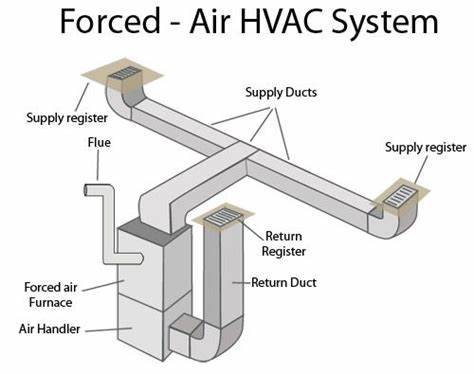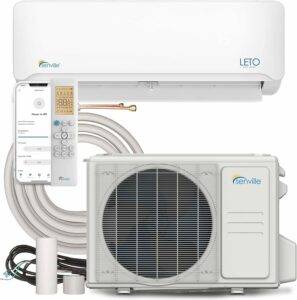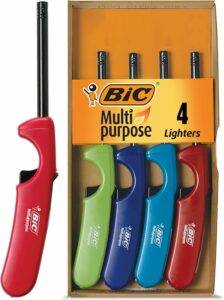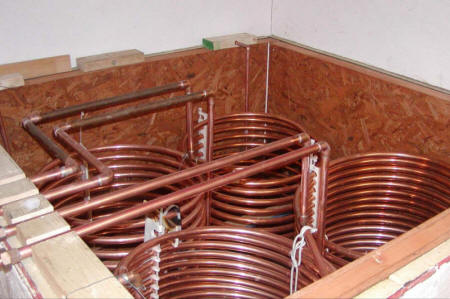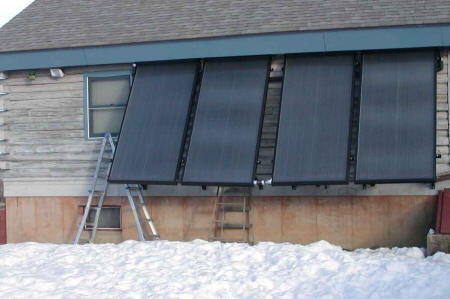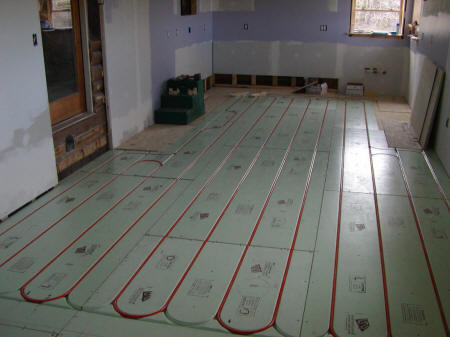TYPES OF HEATING SYSTEMS
Q: What are the main types of residential heating systems? A: The most common types include furnaces, boilers, heat pumps, and radiant heating systems. Each has its own advantages depending on your climate, home size, and energy preferences.
Hot water boiler
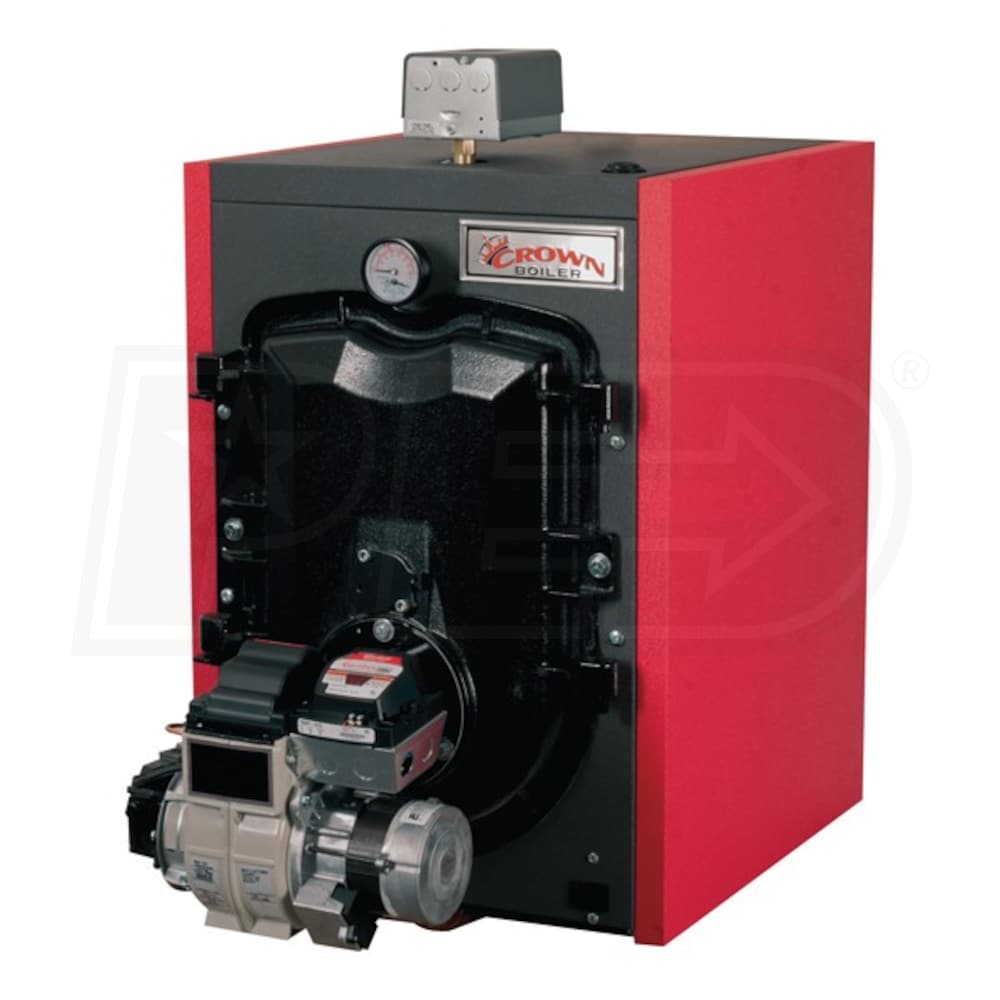
Q: How does a furnace work? A: A furnace heats air and distributes it throughout your home using ductwork. It typically burns fuel (like gas or oil) or uses electricity to generate heat.
Q: What’s the difference between a boiler and a furnace? A: A boiler heats water and provides either hot water or steam for heating, while a furnace heats air and circulates it through ducts.
Oil steam boiler
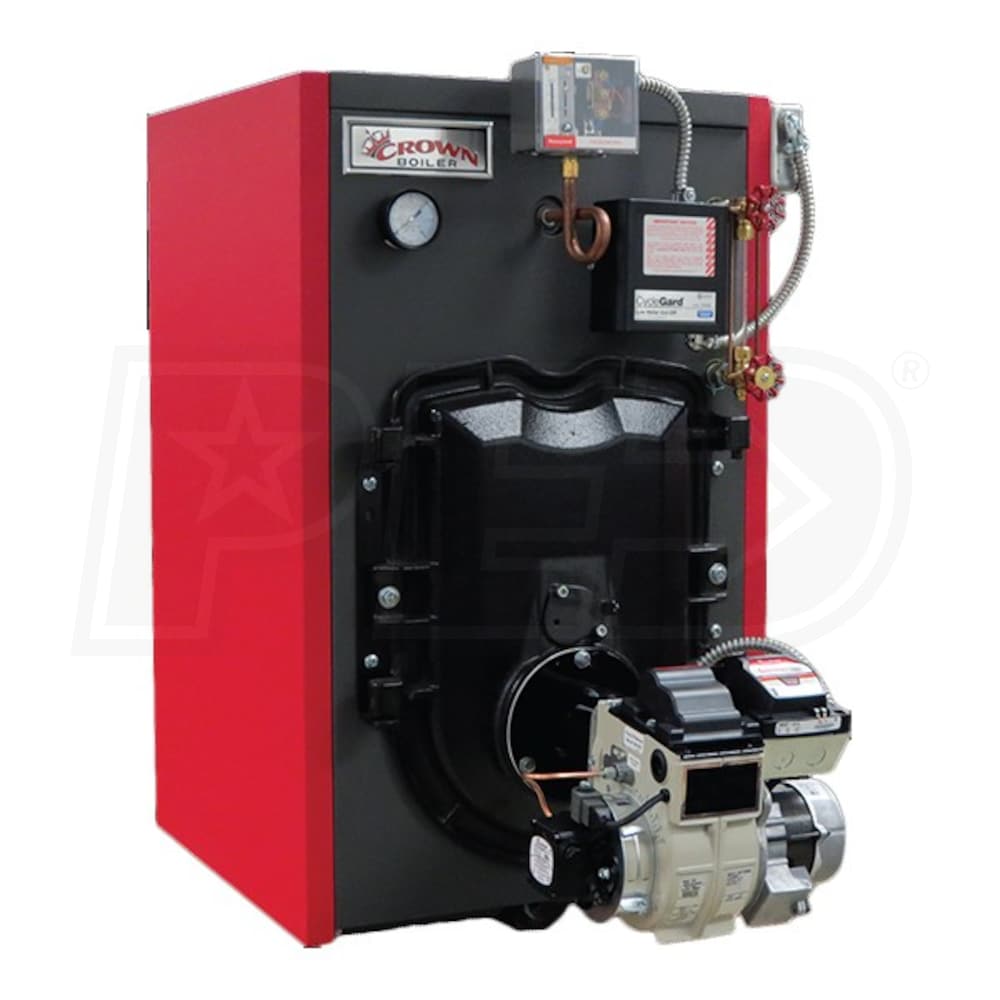
Q: What is a heat pump, and how does it work? A: A heat pump is an energy-efficient system that transfers heat from the outside air (even in cold weather) to warm your home. It can also reverse the process to cool your home in summer.
Q: How often should I service my heating system? A: It’s recommended to service your heating system at least once a year, ideally before the heating season begins, to ensure it runs efficiently and safely.
Force air heating

Q: What are some signs that my heating system needs repair or replacement? A: Common signs include uneven heating, strange noises, frequent breakdowns, or higher energy bills. If your system is over 15-20 years old, it might be time to consider a replacement.
Q: Are there energy-efficient options for heating systems? A: Yes! Look for systems with high AFUE (Annual Fuel Utilization Efficiency) ratings or ENERGY STAR® certifications. Heat pumps are also a great energy-efficient option.
Q: How can I improve the efficiency of my current heating system? A: Regular maintenance, sealing air leaks, upgrading insulation, and using a programmable thermostat can all help improve efficiency.
Alexa Enabled Mini Split AC/Heating System: Integrate with voice control or app, Read More
allowing you to adjust your mini split air conditioner from anywhere. Set routines for temperature changes.Versatile 4-in-1 Mini Split: All-season solution with air conditioning, heat pump (functional up to 5F/-15C), dehumidifier, fan, and turbo function. Includes a DC Inverter that’s UL Listed, AHRI Certified, and works with Alexa.Stylish & Functional Mini Split AC: Suitable for both home and business. Provides performance without compromising aesthetics. Ideal for bedrooms, living areas, stores, eateries, and warehouses.Installation Package Included: Includes indoor air handler, outdoor condenser, remote control, and installation kit with a 16ft. line set and communication wire. Pre-loaded with refrigerant for up to 25 ft.
Comes Ready to Use with Butane inside; Reliable, Durable and Safe; 100 % Quality Inspected Easy to Operate; with conveniently located Child Resistant Buttons Adjustable Flame to fulfil all your Lighting needs from Candle to Barbeque as well as your gas heating system. Extra Large Fuel Storage for Longer Usage; Transparent Fuel Level Window Satisfaction Guarantee:-If our Lighter fails to Perform to your Satisfaction, It will be replaced at No Cost, Return the Lighter with Description of Failure, No Questions Asked.
Components of a Boiler Systems.
1. Boiler Feedwater System. Water that converts into steam by steam boilers system called Feedwater & system that regulates feed water called …
2. Boiler Steam heating System. Steam System is a kind of main controlling system of boilers process. Steam Systems are responsible to collect & control …
3. Boilers Fuel System. Fueling is the heart of boilers process & fuel system consists of all the necessary components and equipment to feed fu
SIMPLE DIAGRAM: STEAM HEATING SYSTEM
HYDRONIC HEATING SYSTEM
FORCE AIR HEATING SYSTEM
Solar Hot Water and Space Heating System With Integrated Boiler
Norm’s system uses a large homemade solar heat storage and drain back tank to provide solar space heating and domestic water heating for his home in Maine. The system integrates the solar heating with a boiler that provides the space and water heating functions when the solar water is not hot enough.
The tank, plumbing and heat exchangers are very nicely done and provide a lot of good ideas and construction details. |
Overview
The overall design of the heat distribution system was done by Northeast Radiant Technologies of Gardiner, Maine. One facet of their business caters to DIYers. They also made suggestions on boiler specs that were passed on to George Phelps of Gilman Plumbing and Heating of Newport, Maine. George worked with Quincy Hydronic Technology of Portsmouth, New Hampshire.
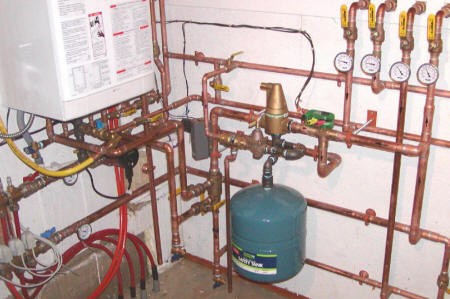
Installed system with boiler at upper left.
This system combines a 550 gallon drainback solar tank combined with a conventional propane fired boiler (Biasi Riva Plus). The solar tank has two 60′ copper coils to heat domestic hot water and two 90′ coils for space heating. Either part of the system can operate independently of the other or they can work together. A temperature sensor in the tank is attached to a relay that cuts power to the boiler any time that the tank temperature is greater than 125 F.Read More
This temperature was arrived at by running a flow test and determining that the DHW coil in the solar tank will deliver 120 F water continuously when the tank temperature is 125 F.Also the space heating coils will deliver essentially 125 F water to the input of the boiler. Since this is above the normal temperature required for supply to the floor, there is no need for the boiler to run. Both sets of coils in the solar tank can be shut off with ball valves, if need be, and then the boiler will provide DHW and space heating.The input and output of both sets of coils and the supply and return of the radiant floor have inline thermometers to provide information on system operation. There are four SunEarth Empire EC-32 collectors, attached to the south wall of our log home, that have water pumped through them by a three speed Grundfos Alpha pump. I have the pump set to operate at the middle speed. The pump is controlled by a Solar Thermal differential controller that senses the water temperature at the top and bottom of the tank and also the temperature of the air inside the collectors. The controller is set to allow a maximum temperature of 140 F inside the tank. If the tank temperature is below 140, the controller is further set to start the pump any time the collector temperature is more that 16 degrees above the bottom water temperature. The controller turns the pump off if the collector temperature falls to within 8 degrees of the tank water temperature. At this point all the water in the collectors drains back to the tank. The controller has a safety feature which prevents starting the pump if the collector temperature is above a preset upper limit to prevent steam generation. The circulation piping has a Pentair flowmeter which shows water flow rate while the pump is running and acts a sight glass for tank water level when the pump is idle.
Click on pictures for full size
The four Sun Earth collectors
Read More
This system is used to provide heated water to two different types of radiant floor heating systems. One part of the heating system is the conventional Pex tubing in concrete floor in the basement area of the new addition.
The first floor of the addition uses Warmboard with Pex-Al-Pex under ceramic tile. The water is circulated through the boiler and the tank heat exchangers by a variable speed Grundfos pump.
The individual zones are regulated by thermostatically controlled valves. At the present time there are four zones working and plans are underway to install four more loops in the old part of the house. These will replace the existing forced hot air system currently in use.
The first floor of the addition uses Warmboard with Pex-Al-Pex under ceramic tile. The water is circulated through the boiler and the tank heat exchangers by a variable speed Grundfos pump.
The individual zones are regulated by thermostatically controlled valves. At the present time there are four zones working and plans are underway to install four more loops in the old part of the house. These will replace the existing forced hot air system currently in use.
Warmboard radiant floor heating.
System Schematic
(Click on schematic for full size)
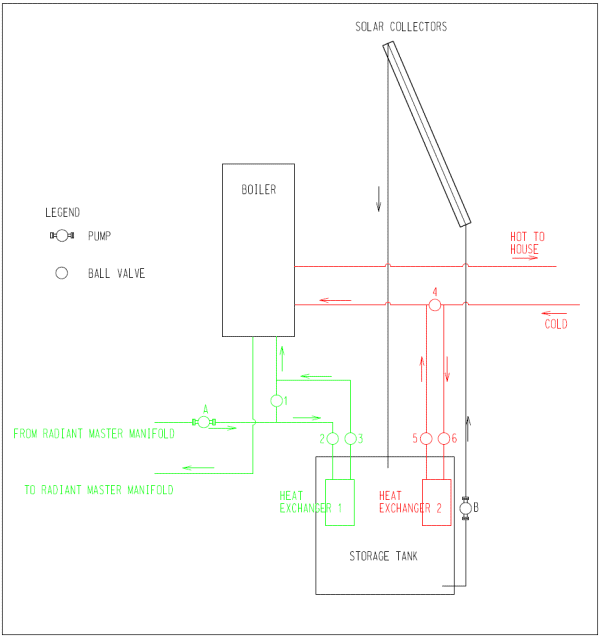 System schematic diagram As shown in the schematic, all items in green are parts of the space heating side of the system and the items in red are part of the domestic hot water side.Read More
Read More In normal operation valves 2,3,5 and 6 are normally open to allow water to flow through the respective heat exchangers. Valves 1 and 4 are normally closed. If for any reason, it is desired to have the boiler operate without any boost from the solar tank, valves 1 and 4 would be opened and 2,3,5 and 6 would be closed.Pump A is part of the boiler installation and pump B is dedicated solely to pumping water to the solar collectors.Heat exchanger 1 consists of two 90′ coils of 3/4” copper connected in parallel. Heat exchanger 2 has two 60′ coils but otherwise is the same as 1.The boiler that I used has a primary heat exchanger for space heating and a secondary for DHW. Heat Storage Tank. The tank was sized to accept a liner purchased from Tom Gocze at American Solartechnics in Searsport, Maine. The inside dimensions are 55”x55”x48” h. The tank is made from four panels for the side walls, a platform and a removable cover. The cover is sealed on the edges with 0.5” round foam insulation to cut down on evaporation loss. The construction of the tankverticallpanels, platform and cover are described below. panels, platform and cover are described below.
System schematic diagram As shown in the schematic, all items in green are parts of the space heating side of the system and the items in red are part of the domestic hot water side.Read More
Read More In normal operation valves 2,3,5 and 6 are normally open to allow water to flow through the respective heat exchangers. Valves 1 and 4 are normally closed. If for any reason, it is desired to have the boiler operate without any boost from the solar tank, valves 1 and 4 would be opened and 2,3,5 and 6 would be closed.Pump A is part of the boiler installation and pump B is dedicated solely to pumping water to the solar collectors.Heat exchanger 1 consists of two 90′ coils of 3/4” copper connected in parallel. Heat exchanger 2 has two 60′ coils but otherwise is the same as 1.The boiler that I used has a primary heat exchanger for space heating and a secondary for DHW. Heat Storage Tank. The tank was sized to accept a liner purchased from Tom Gocze at American Solartechnics in Searsport, Maine. The inside dimensions are 55”x55”x48” h. The tank is made from four panels for the side walls, a platform and a removable cover. The cover is sealed on the edges with 0.5” round foam insulation to cut down on evaporation loss. The construction of the tankverticallpanels, platform and cover are described below. panels, platform and cover are described below.
VARIOUS HEATING SYSTEM IN RETROSPECT
You have now seen the various diagrams of different heating system. I will now show you photos with tags respectively, so you will recognize one when you see it.
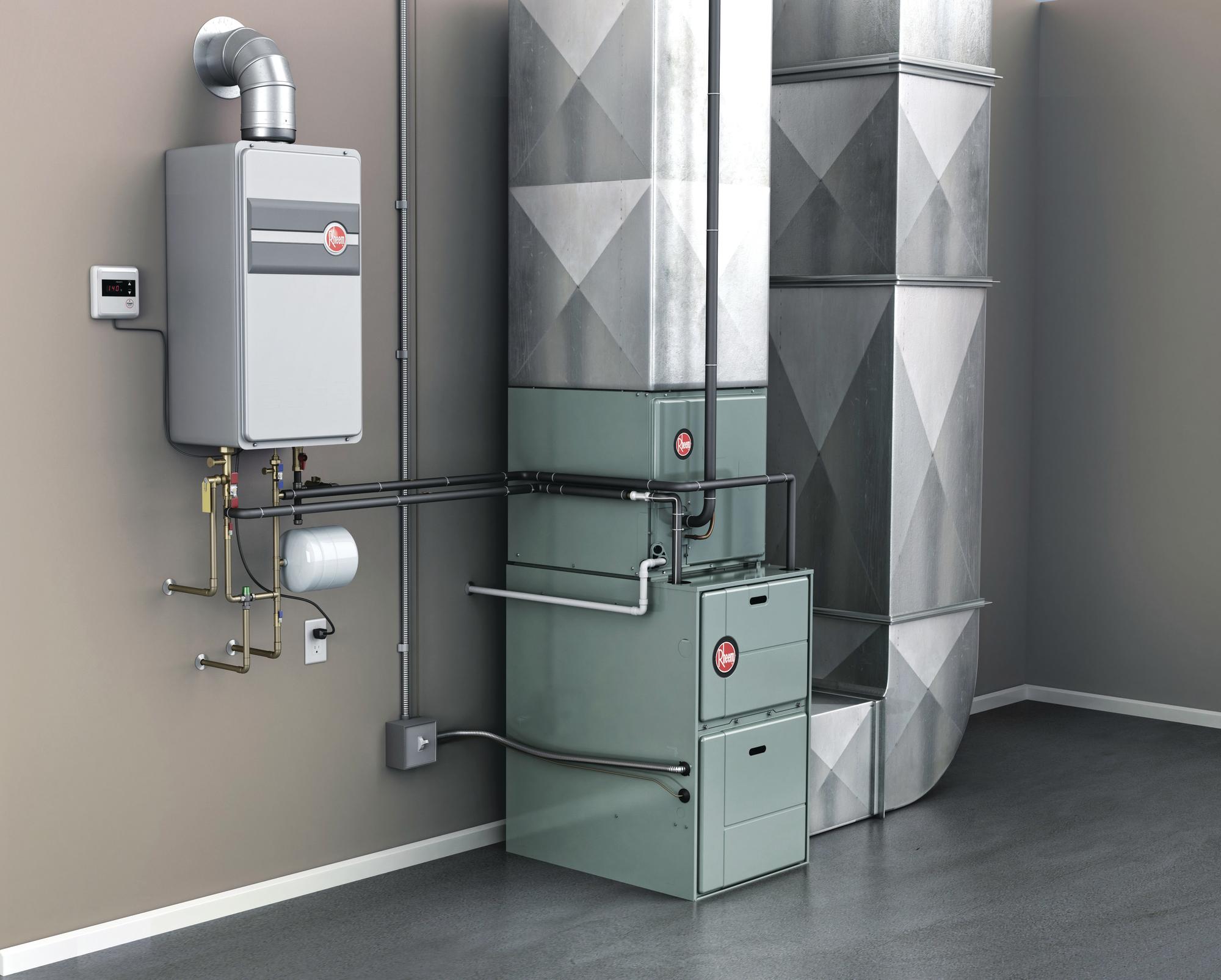
SPLIT CENTRAL AIR COOLING/HEATING SYSTEM (HVAC)
A central air conditioner (or heat pump) is either a split-cooling heating system unit or a packaged unit. The majority of consumers have split systems in their homes. Read More
A split-system central air conditioner has 3 components: An outdoor metal cabinet that contains the condenser and compressor. An indoor cabinet that contains the evaporator coil An air handler, that in most cases is part of the furnace, that sends the cool air through the duct system. If your home already has a furnace but no air conditioner, a split-system is the most economical central air conditioner to install. A packaged central air conditioner has the evaporator coil, condenser, and compressor all located in one cabinet, which usually is placed on a roof or on a concrete slab next to the house’s foundation. This type of air conditioner also is used in small commercial buildings. Air supply and return ducts come from indoors through the home’s exterior wall or roof to connect with the packaged air conditioner, which is usually located outdoors. Packaged air conditioners often include electric heating coils or a natural gas furnace. This combination of air conditioner and central heater eliminates the need for a separate furnace indoors. It is generally easier to achieve high efficiency with a split system than with a packaged system.
SINGLE FORCE AIR HEATING SYSTEM
